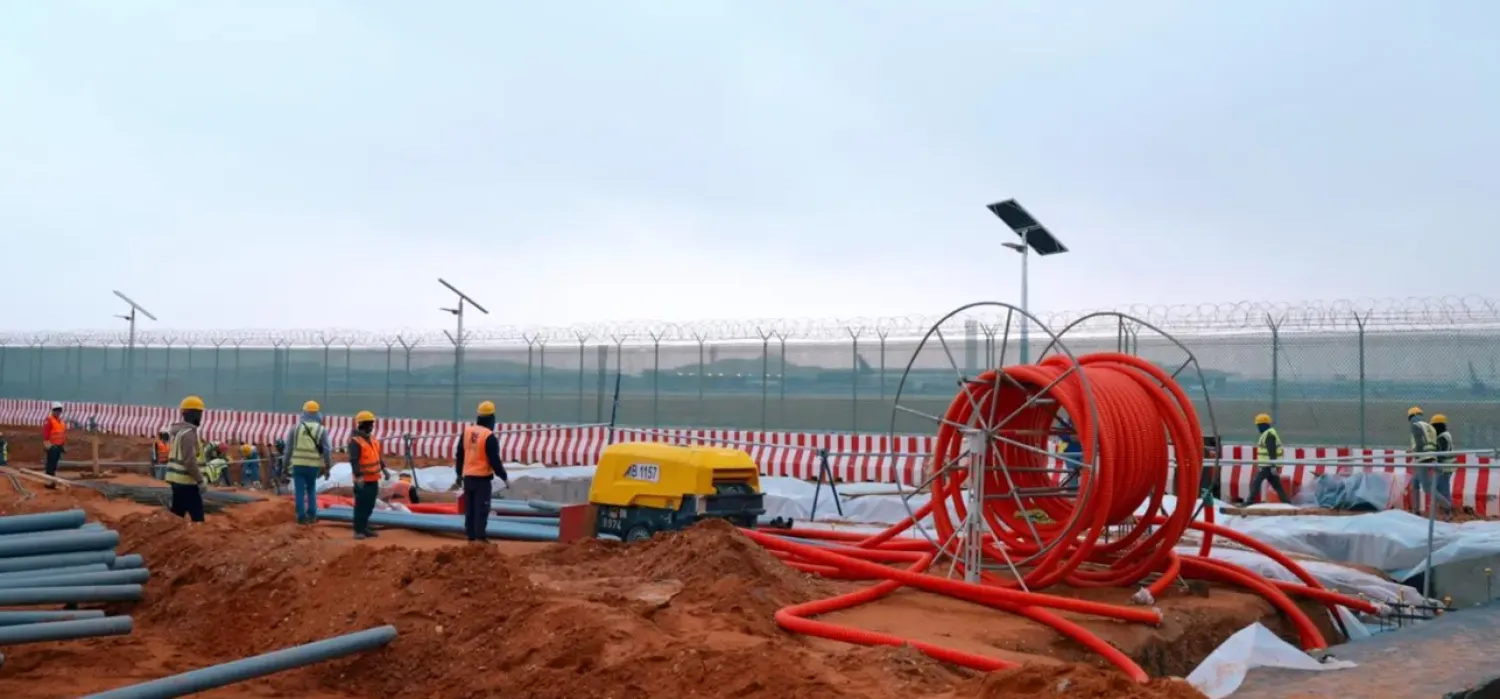Oil prices rose on Monday, extending gains for a second session as US efforts to replenish strategic reserves provided some support, although concerns of crude oversupply and softer fuel demand growth next year persisted.
Brent crude futures rose 0.7%, or 56 cents, to $76.40 a barrel by 0735 GMT, while US West Texas Intermediate crude futures were at $71.71 a barrel, also up 0.7%, or 48 cents, Reuters said.
Both contracts jumped more than 2% on Friday but fell for the seventh straight week, their longest streak of weekly declines since 2018, on lingering oversupply concerns.
The recent price weakness drew demand from the US, which has sought up to 3 million barrels of crude for the Strategic Petroleum Reserve (SPR) for delivery in March 2024.
"We know the Biden Administration is in the market looking to refill the SPR, which will provide support," IG analyst Tony Sycamore said in a note, adding that prices were also being supported by technical chart indicators.
Despite the Organization of the Petroleum Exporting Countries and allies, together called OPEC+, having pledged to cut 2.2 million barrels per day (bpd) of production in the first quarter, investors remain sceptical supply will drop. Output growth in non-OPEC countries is seen leading to excess supply next year.
RBC Capital Markets expects stock draws of 700,000 bpd in the first half but only 140,000 bpd for the full year.
"Prices will remain volatile and directionless until the market sees clear data points pertaining to the voluntary output cuts," RBC analysts said in a note.
With cuts not implemented until next month and country level production data to follow subsequent to January, it will be a volatile two months before there is preliminary clarity on quantifiable data on compliance, the analysts added.
The latest consumer price index data from China, the world's top oil importer, showed rising deflationary pressures as weak domestic demand cast doubt over the country's economic recovery.
Chinese officials pledged on Friday they would spur domestic demand and consolidate and enhance the economic recovery in 2024.
This week, investors are watching for guidance on interest rate policies from meetings at five central banks, including the Federal Reserve, and data on US inflation, for their impact on the global economy and oil demand.
Oil Extends Gains on US Strategic Reserve Purchases

Pumpjacks are seen in an oil field. (Reuters)

Oil Extends Gains on US Strategic Reserve Purchases

Pumpjacks are seen in an oil field. (Reuters)
لم تشترك بعد
انشئ حساباً خاصاً بك لتحصل على أخبار مخصصة لك ولتتمتع بخاصية حفظ المقالات وتتلقى نشراتنا البريدية المتنوعة







